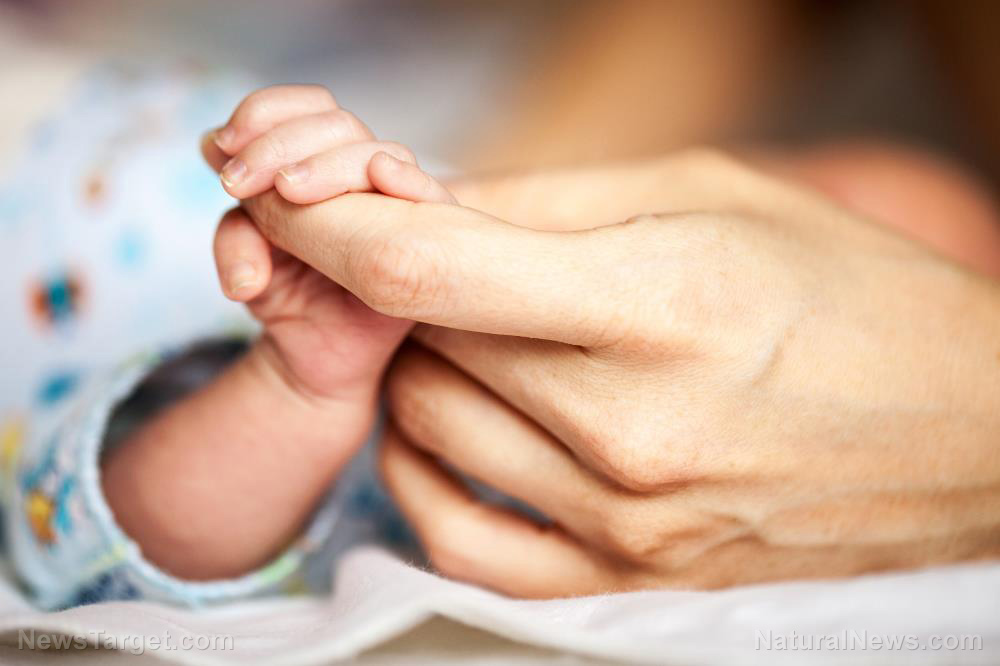WSJ writer hyping “Stanford study” was actually a co-author on the paper, but didn’t declare his bias
04/26/2020 / By Ethan Huff

The Wall Street Journal has been reporting on a study out of Stanford University that was published in the medical journal medRxiv which suggests the Wuhan coronavirus (COVID-19) may not be as deadly as initially believed. But several of the study’s co-authors were the ones who wrote these Journal articles in support of their own study, which represents a major conflict of interest.
Andrew Bogan, for instance, who wrote a piece for the Journal entitled, “New Data Suggest the Coronavirus Isn’t as Deadly as We Thought” is listed as a co-author of the study containing this data. The same goes for Eran Bendavid and Jay Bhattacharya, both of whom are also listed as co-authors of the same study, and who together wrote an opinion piece for the journal entitled, “Is the Coronavirus as Deadly as They Say?”
In other words, the Journal has been publishing articles in recent days pointing to a study that paints a less serious picture of the threat of Wuhan coronavirus (COVID-19). But the people writing these articles for the Journal are the very same people who compiled the study in the first place.
Rather than disclose any of this, however, the Journal instead made it seem as though Bogan, Bendavid, and Bhattacharya were independent sources simply commenting on the study’s findings. But in reality, all three of them co-authored the paper they were reporting on, obviously in support of its findings.
In Bogan’s article for the Journal, the only thing disclosed was a small footnote at the bottom explaining that he is a molecular biologist and “managing member of Bogan Associates LLC.” The article by Bendavid and Bhattacharya likewise did not reveal that these two had worked on the paper for which they wrote their ‘opinion’ piece.
Even more deceptive is Bogan’s reference in his article to “some experts” who agree with his take on the situation, these “experts” being Bendavid and Bhattacharya and their similarly deceptive article that was also published by the Journal, also published in the Opinion section.
“He’s an author on the paper, and here in The Wall Street Journal there is absolutely no declaration of that,” warns Chris Martenson from Peak Prosperity. “It is not stated that this is one of these ‘experts’ that is part of the Stanford team, a study author, that somehow this Mr. Bogan was part of this study.”
Be sure to listen below to The Health Ranger Report as Mike Adams, the Health Ranger, talks with Dr. Paul Cottrell about the failures of the coronavirus antibody test kits:
Stanford study relied on flawed data from NBA players to claim that coronavirus isn’t all that deadly
Martenson further notes that Bogan is not even a faculty member at Stanford, and actually appears to be more a venture capitalist based on the information presented on his website. How he is tied to this study, and what interest he had in reaching the conclusions it did, remains unknown.
It is important to also point out that the study itself openly admits that the data it relied on is “very weak,” seeing as how it came from National Basketball Association (NBA) players who were tested and found to be positive for the Wuhan coronavirus (COVID-19).
Not all rostered players were even tested, mind you. Only 450 of them were, and a mere 10 tested positive for the Wuhan coronavirus (COVID-19), which translates to a 2.2 percent infection rate. Based on this, the paper extrapolated this data to the general population and called it a day, declaring the Wuhan coronavirus (COVID-19) to be not as risky as some are claiming.
This is what you call terrible science. Even if the Wuhan coronavirus (COVID-19) is not as serious as the media and some public health officials are claiming, this particular study does not show that because its methods of arriving at that conclusion are flawed at best.
“That is the weakest, stupidest thing you can do,” notes Martenson about the methodology behind using NBA players as a representative sample of the general population. “That is a laughable comparison to make.”
“You think people bumping and breathing hard and slamming into each other and sweating all over each other is somehow representative in any way, shape, or form as a comparison? This is nuts,” he adds. “And shame on The Wall Street Journal for even having printed that, and they should have edited that right out and said, ‘come on, you have got to come up with something better than that.'”
The Health Ranger has also called out this bogus study, but for different reasons. As it turns out, the test kits used for those NBA players were made in China by a biotech manufacturer that ranks at the very bottom of the list in terms of producing a reliable and accurate test for the Wuhan coronavirus (COVID-19).
In essence, communist China sent out masses of these faulty test kits which were used to produce many false positives. And some researchers, including the aforementioned, used these test results to arrive at conclusions that, scientifically speaking, are questionable at best.
“Combined with the very low number of actual test subjects used in the study, the data are so horribly bad that the study is worthless (and the conclusions are bogus),” Adams warns.
“In fact, it’s worse than most of the so-called ‘climate science’ that’s often cited by progressives who claim the oceans will rise so fast that New York City will be under water in a decade or so.”
To keep up with the latest news about the Wuhan coronavirus (COVID-19), be sure to check out Pandemic.news.
Sources for this article include:
Tagged Under: Andrew Bogan, biased, China, Chinese Virus, co-author, conflict of interest, coronavirus, covid-19, deception, disease, disinfo, global emergency, Global Pandemic, infection, novel coronavirus, outbreak, pandemic, propaganda, rigged, Stanford Study, The Wall Street Journal, virus, WSJ, Wuhan, Wuhan coronavirus
RECENT NEWS & ARTICLES
COPYRIGHT © 2017 SCIENCE CLOWNS



















